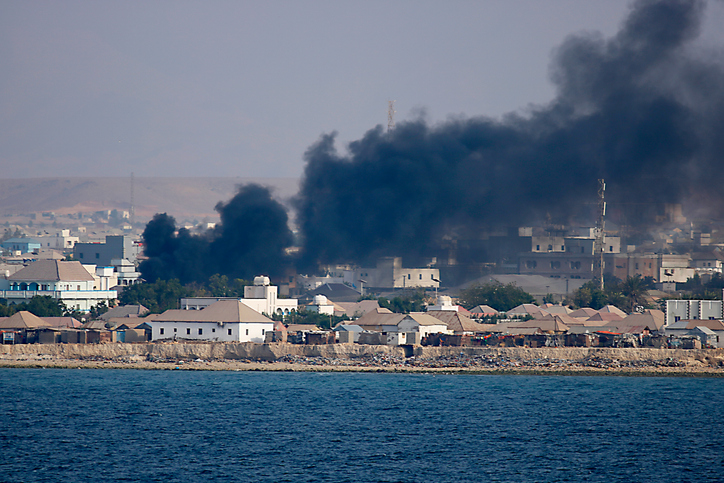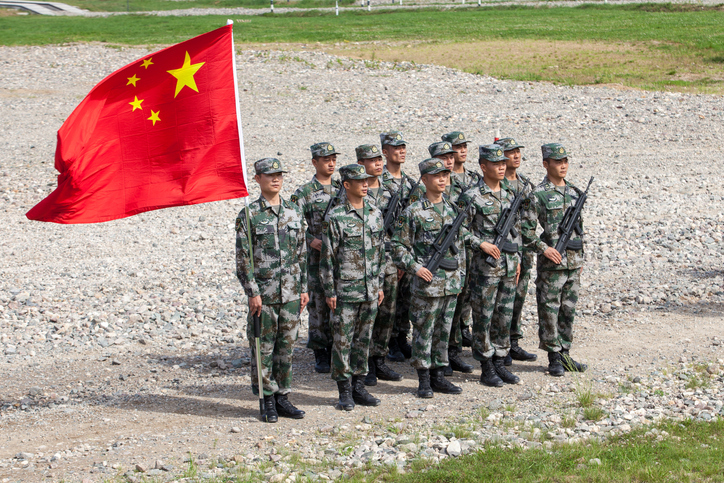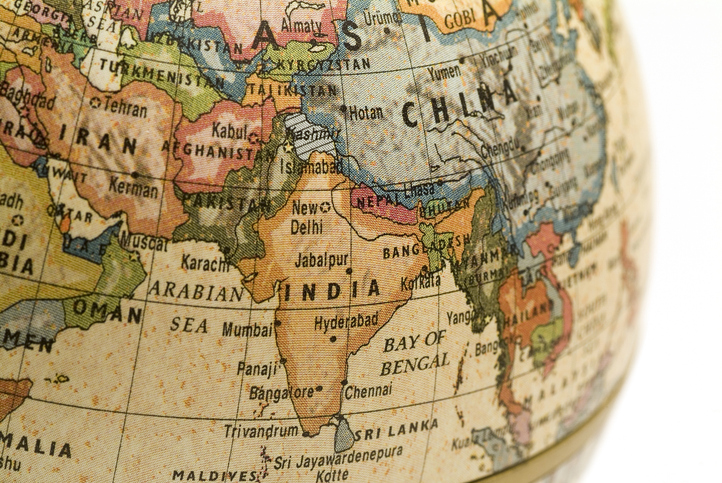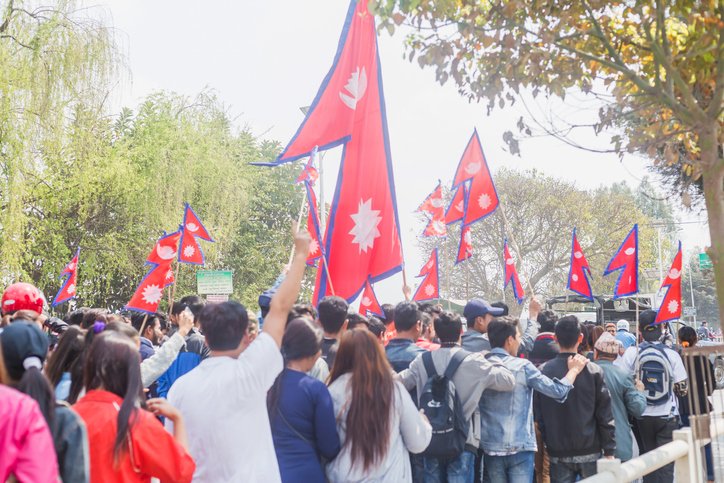
Posted On : Nov 10 2020
Unraveling the Complexities of Terrorism in Central Eurasia and Central Asia
Central Eurasia and Central Asia have emerged as regions of significant geostrategic importance due to their location at the crossroads of Europe and Asia.

Amidst their cultural diversity and historical significance, these regions have also witnessed the rise of various terrorist groups and the proliferation of extremist ideologies. This article explores the complex landscape of terrorism in Central Eurasia and Central Asia, examining its origins, key players, and the challenges posed to regional and global security.
Origins and Influences
Terrorism in Central Eurasia and Central Asia has roots that trace back decades, often intertwined with the collapse of the Soviet Union. As these regions transitioned from socialist regimes to independent nations, ethnic, religious, and political fault lines became increasingly prominent. A blend of local grievances, socioeconomic disparities, and geopolitical influences created fertile ground for the emergence of extremist ideologies, many of which have been propagated by external actors seeking to advance their interests.
Key Players and Groups
Several prominent terrorist groups have operated within Central Eurasia and Central Asia, with varying degrees of regional and global impact. The Islamic Movement of Uzbekistan (IMU), for instance, sought to establish an Islamic state in Uzbekistan and the region at large. Meanwhile, the Taliban's influence has extended into parts of Central Asia, affecting neighboring countries' stability. Additionally, groups like the East Turkestan Islamic Movement (ETIM), aiming to establish an independent state for the Uighur minority in China's Xinjiang province, have posed a complex challenge for the region. These groups often forge connections with larger international terrorist networks, exploiting the vulnerabilities of less developed regions.
Challenges and Regional Dynamics
Terrorism in Central Eurasia and Central Asia is exacerbated by an array of interconnected challenges. Weak governance structures, corruption, poverty, and limited socioeconomic opportunities create an environment ripe for radicalization. The porous borders of these regions facilitate the movement of fighters, weapons, and extremist ideologies across national boundaries.

The nexus between terrorism and the illicit drug trade is another concerning aspect. The opium production and trafficking routes of Afghanistan, which borders Central Asia, provide revenue streams for both terrorist organizations and criminal networks, perpetuating instability.
Counterterrorism Efforts
Governments in Central Eurasia and Central Asia, often with international support, have undertaken various counterterrorism initiatives. These efforts include law enforcement cooperation, intelligence sharing, and capacity-building to enhance border security. However, there is a delicate balance between counterterrorism measures and potential human rights violations, as some governments exploit the threat of terrorism to suppress dissent and consolidate power.
Global Implications
The impact of terrorism in Central Eurasia and Central Asia reverberates beyond regional borders. Destabilization in these regions has the potential to foster breeding grounds for radicalization, which can, in turn, inspire and facilitate terrorist acts worldwide. As seen in the case of foreign fighters joining the conflict zones, the global nature of modern terrorism means that instability in one region can influence and incite violence in another.
Conclusion
Terrorism in Central Eurasia and Central Asia is a multifaceted challenge rooted in historical, geopolitical, and socio-economic factors. The diverse range of extremist groups, combined with the intricate dynamics of the region, requires a comprehensive and coordinated approach to counterterrorism efforts. This approach must encompass regional cooperation, efforts to address underlying grievances, development initiatives, and the promotion of inclusive governance to ensure lasting stability. In this complex landscape, addressing terrorism is not only essential for the security and prosperity of Central Eurasia and Central Asia but also for global peace and security.
No Comments Added




















